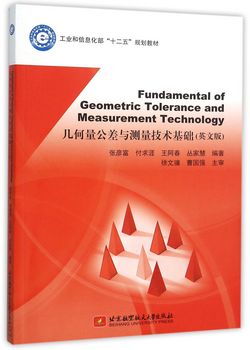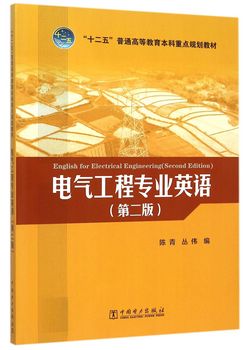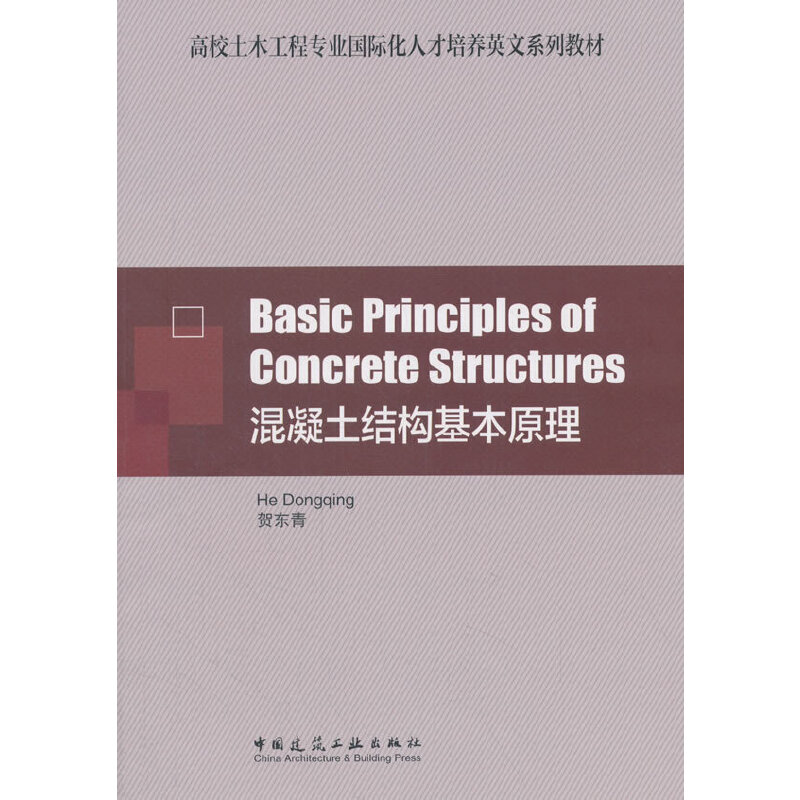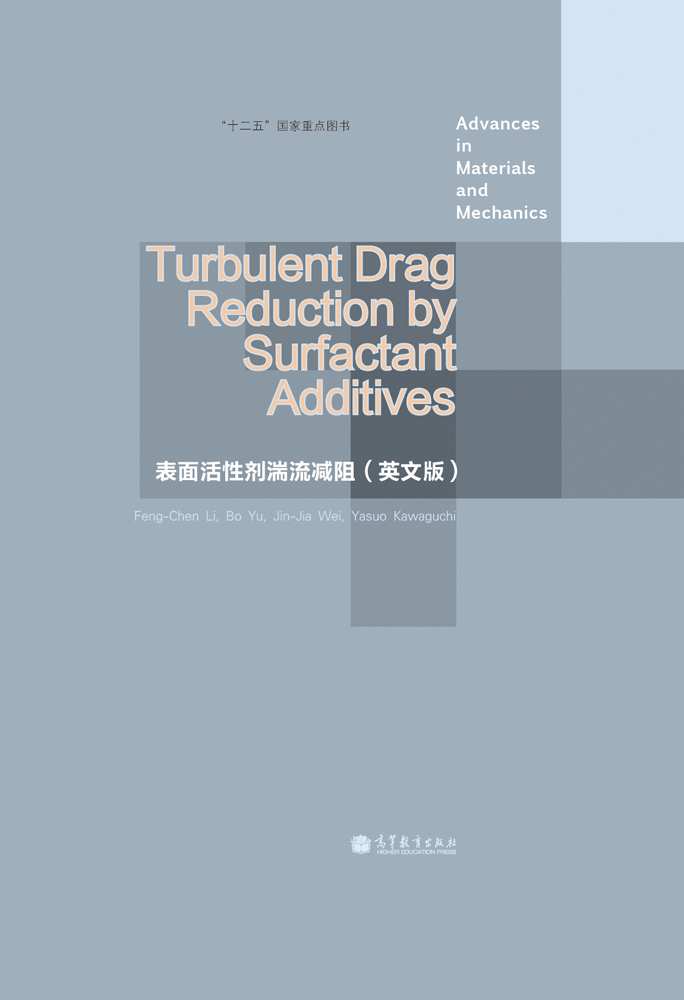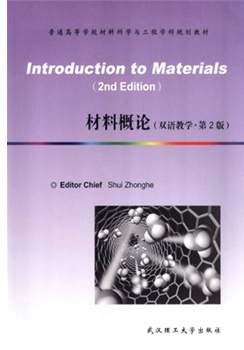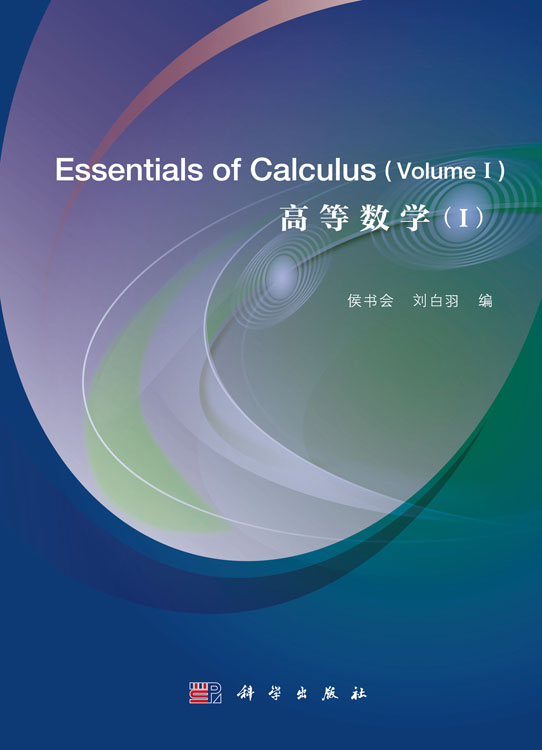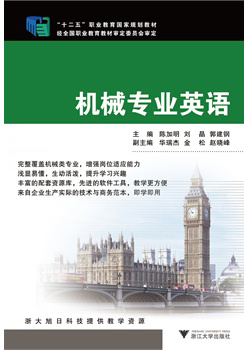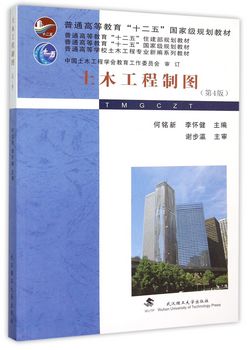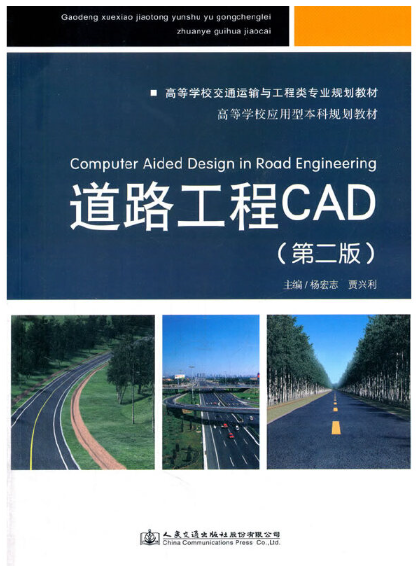几何公差与测量技术基础(英文版)
定价:¥55.00
作者: 张彦富
出版时间:2015-11
出版社:北京航空航天大学出版社
- 北京航空航天大学出版社
- 9787512418424
- 1-1
- 51492
- 47165538-1
- 平装
- 16开
- 2015-11
- 397
- 248
- TG801
- 机械
- 本科
内容简介
张彦富、付求涯、王阿春、丛家慧编著的《几何量公差与测量技术基础(英文版)》是为了满足“互换性与技术测量”课程的双语教学和在我国就读的留学生英文授课的需要而编写。
内容包括极限与配合、几何公差(旧标准称为形状和位置公差)、表面粗糙度等的基本术语和定义、图样标注和选用等基础内容、滚动轴承、键和花键、螺纹、圆柱齿轮等典型连结的公差与配合及其选用、尺寸链以及测量技术基础和光滑工件尺寸检验等。
本书系统地介绍了几何量公差与测量技术的基础知识,概念阐述清楚,难点分析深入。各章均配置了适量的思考题和习题以使学生加深对所学内容的理解和应用。
本书可作为高等学校机械和仪表类各专业双语教学或全英文授课的教材或教学参考书,也可供需要掌握几何量公差与测试技术基础知识及应用的机械设计、制造工艺、标准化和计量测试工作的工程技术人员学习参考。
内容包括极限与配合、几何公差(旧标准称为形状和位置公差)、表面粗糙度等的基本术语和定义、图样标注和选用等基础内容、滚动轴承、键和花键、螺纹、圆柱齿轮等典型连结的公差与配合及其选用、尺寸链以及测量技术基础和光滑工件尺寸检验等。
本书系统地介绍了几何量公差与测量技术的基础知识,概念阐述清楚,难点分析深入。各章均配置了适量的思考题和习题以使学生加深对所学内容的理解和应用。
本书可作为高等学校机械和仪表类各专业双语教学或全英文授课的教材或教学参考书,也可供需要掌握几何量公差与测试技术基础知识及应用的机械设计、制造工艺、标准化和计量测试工作的工程技术人员学习参考。
目录
Chapter 1 Introduction
1.1 Interchangeability
1.1.1 Interchangeability and its advantages
1.2 Standardization
1.2.1 Standard and standardization
1.2.2 Related standards on geometrical interchangeability
1.3 Series of Preferred Values
1.4 What We Can Learn from This Course
Questions
Excercise
Chapter 2 Limits and Fits of Plain Workpiece
2.1 Basic Terms and Definitions
2.1.1 Terms and definitions about geometrical features
2.1.2 Shaft and hole
2.1.3 Terms and definitions about size, deviation, tolerance
2.1.4 Terms and definitions about fits
2.2 Standards of Limits and Fits
2.2.1 Fit system
2.2.2 Symbols, designation and indication on engineering drawings
2.2.3 Standard tolerance series
2.2.4 Series of fundamental deviation
2.2.5 Standardization of tolerance classes and fits
2.3 Selection of Limits and Fits
2.3.1 Selection of basic system of fit
2.3.2 Selection of standard tolerance grades
2.3.3 Selection of fits
2.3.4 Calculation method
2.4 General Dimension Tolerance
2.4.1 General tolerances of linear sizes
2.4.2 Indication of general tolerance on drawing
2.4.3 General tolerance grades and values
Questions
Exercises
Chapter 3 Fundamentals of Geometrical Quantity Measurement
3.1 Introduction
3.1.1 Concept of measurement and inspection
3.1.2 Measuring processing
3.2 Measurement Standard~Datum~Data and Dissemination of Length and Angle ..
3.2.1 Standard of length and angle
3.2.2 Dissemination system of length and angle
3.2.3 Gauge blocks and their applications
3.3 Metrological Equipment and Measurement Methods
3.3.1 Metrological equipment
3.3.2 Measurement methods
3.4 Measurement Error and Data Treatment
3.4.1 Designation of measurement error
3.4.2 Source of measurement error
3.4.3 Kinds and properties of measurement error
3.4.4 Measurement accuracy/precision
Questions
Exercises
Chapter 4 Geometrical Tolerances
4.1 General
4.1.1 Cause of geometrical error and effects on performance
4.1.2 Basic terms and definitions
4.1.3 Symbols and characteristics of geometrical tolerances
4.1.4 Geometrical tolerance zone
4.2 Indication of Geometrical Tolerance on Engineer Drawings
4.2.1 Tolerance frame
4.2.2 Indication of datum on engineering drawings
4.2.3 Indication of toleranced features
4.2.4 Theoretical exact dimension (TED)
4.3 Definition of Geometrical Tolerances
4.3.1 Definition and characteristics of form tolerances
4.3.2 Definition and characteristics of orientation tolerances
4.3.3 Definition and characteristics of location tolerance
4.3.4 Definition and characteristics of run-out tolerance
4.4 Tolerance Principles
4.4.1 Terms and definition about tolerance principle
4.4.2 Independency principle
4.4.3 Envelope requirement (ER)
4.4.4 Maximum material requirement (MMR)
4.5 Assessment and Measurement of Geometrical Deviations
4.5.1 Assessment of geometrical deviation
4.5.2 Establishment and embodiment of datum
4.5.3 Measuring prescriptions of geometrical deviations
4.6 Selection of Geometrical Tolerance
4.6.1 General
4.6.2 Selection of datum
4.6.3 Selection of geometrical principle
4.6.4 Selection of geometrical tolerance value
4.7 General Geometrical Tolerances
4.7.1 General geometrical tolerances grades
4.7.2 Indication of general geometrical tolerance
Questions
Chapter 5 Surface Roughness
5.1 Introduction
5.2 Basic Terms and Definitions
5.3 Main Evaluation Parameters of Surface Roughness
5.3.1 Amptitude parameters (peak and vallye)
5.3.2 Spacing Parameters
5.3.3 Curves and relative parameters
5.4 Principles for Selecting Surface Roughness Parameters
5.5 Graphical Symb
1.1 Interchangeability
1.1.1 Interchangeability and its advantages
1.2 Standardization
1.2.1 Standard and standardization
1.2.2 Related standards on geometrical interchangeability
1.3 Series of Preferred Values
1.4 What We Can Learn from This Course
Questions
Excercise
Chapter 2 Limits and Fits of Plain Workpiece
2.1 Basic Terms and Definitions
2.1.1 Terms and definitions about geometrical features
2.1.2 Shaft and hole
2.1.3 Terms and definitions about size, deviation, tolerance
2.1.4 Terms and definitions about fits
2.2 Standards of Limits and Fits
2.2.1 Fit system
2.2.2 Symbols, designation and indication on engineering drawings
2.2.3 Standard tolerance series
2.2.4 Series of fundamental deviation
2.2.5 Standardization of tolerance classes and fits
2.3 Selection of Limits and Fits
2.3.1 Selection of basic system of fit
2.3.2 Selection of standard tolerance grades
2.3.3 Selection of fits
2.3.4 Calculation method
2.4 General Dimension Tolerance
2.4.1 General tolerances of linear sizes
2.4.2 Indication of general tolerance on drawing
2.4.3 General tolerance grades and values
Questions
Exercises
Chapter 3 Fundamentals of Geometrical Quantity Measurement
3.1 Introduction
3.1.1 Concept of measurement and inspection
3.1.2 Measuring processing
3.2 Measurement Standard~Datum~Data and Dissemination of Length and Angle ..
3.2.1 Standard of length and angle
3.2.2 Dissemination system of length and angle
3.2.3 Gauge blocks and their applications
3.3 Metrological Equipment and Measurement Methods
3.3.1 Metrological equipment
3.3.2 Measurement methods
3.4 Measurement Error and Data Treatment
3.4.1 Designation of measurement error
3.4.2 Source of measurement error
3.4.3 Kinds and properties of measurement error
3.4.4 Measurement accuracy/precision
Questions
Exercises
Chapter 4 Geometrical Tolerances
4.1 General
4.1.1 Cause of geometrical error and effects on performance
4.1.2 Basic terms and definitions
4.1.3 Symbols and characteristics of geometrical tolerances
4.1.4 Geometrical tolerance zone
4.2 Indication of Geometrical Tolerance on Engineer Drawings
4.2.1 Tolerance frame
4.2.2 Indication of datum on engineering drawings
4.2.3 Indication of toleranced features
4.2.4 Theoretical exact dimension (TED)
4.3 Definition of Geometrical Tolerances
4.3.1 Definition and characteristics of form tolerances
4.3.2 Definition and characteristics of orientation tolerances
4.3.3 Definition and characteristics of location tolerance
4.3.4 Definition and characteristics of run-out tolerance
4.4 Tolerance Principles
4.4.1 Terms and definition about tolerance principle
4.4.2 Independency principle
4.4.3 Envelope requirement (ER)
4.4.4 Maximum material requirement (MMR)
4.5 Assessment and Measurement of Geometrical Deviations
4.5.1 Assessment of geometrical deviation
4.5.2 Establishment and embodiment of datum
4.5.3 Measuring prescriptions of geometrical deviations
4.6 Selection of Geometrical Tolerance
4.6.1 General
4.6.2 Selection of datum
4.6.3 Selection of geometrical principle
4.6.4 Selection of geometrical tolerance value
4.7 General Geometrical Tolerances
4.7.1 General geometrical tolerances grades
4.7.2 Indication of general geometrical tolerance
Questions
Chapter 5 Surface Roughness
5.1 Introduction
5.2 Basic Terms and Definitions
5.3 Main Evaluation Parameters of Surface Roughness
5.3.1 Amptitude parameters (peak and vallye)
5.3.2 Spacing Parameters
5.3.3 Curves and relative parameters
5.4 Principles for Selecting Surface Roughness Parameters
5.5 Graphical Symb

